Aquascaping is much more than a tank with a sprinkle of grass and gravel. You need both a strong aesthetic sensibility and a fair understanding of the science behind it.
Sounds like a daunting ordeal to take on? Worry not. We’re here to show you how very easy and rewarding aquascaping can be.
Besides, once you get started, there’s really no stopping. You can experiment with different aquascapes: bonsai tanks, betta aquariums, low-tech versions, rock and wood aquascapes, and many more.
Keep your design simple, take care of your tank’s water and light needs, prune your plants, get rid of algae, and timely feed your fish. Then simply sit back to enjoy a gorgeous slice of nature sitting in your very living room.
In this article, we have some smart aquascaping ideas for you. Plus, a step-by-step guide to make sure you have the process all figured out.
But first, a quick word on what aquascaping exactly is.
What Is Aquascaping?
Aquascaping, in simple words, is aquatic landscaping. You have plants, sand, wood, stones, rocks, fish, and more to work with and build sceneries within a tank.
There are many styles of aquascaping, but they all have nature as their primary inspiration. In a way, when you’re aquascaping, you are imitating the natural world as closely as possible.
The working of an aquascape is simple. They are mostly self-contained ecosystems. You can think of it as a cycle: plants and fish help each other survive, just as is seen in nature.
But you will have to intervene now and then to clean the tank, change the water, and ensure that your aquascape is overall healthy. Perhaps your tank will also need a proper filtration system to function well.
Benefits of Aquascaping
Sounds like too much work? Ah, well, there’s a reward waiting for you at the end. Yes, you may not know this yet, but there are many benefits of aquascaping.
- It is a great hobby to keep you physically and mentally fit.
- Studies show a link between maintaining a planted tank and decreased pain and anxiety.
- Similar to gardening, taking care of plants in a tank and watching them grow can help reduce stress.
- Aquascaping a new tank can also turn into a fun activity with kids. It will also help increase your daily productivity.
- The presence of a green aquascape that you build from scratch can improve your focus and boost creativity.
Aquascaping Ideas to Inspire You
Aquascaping is a fashionable hobby. It has taken the gram by storm and is growing as a form of underwater art.
Just so you do not get left behind in this beautiful trend, we have listed some aquascaping ideas that will surely inspire you. Take a look.
Aquascape Mini Tanks
When you’re just starting out with your aquascaping project, it is best to first try something mini and manageable. In other words, mini aquascaping.
A 10-gallon tank would be ideal. Layer it with substrate, sand, and gravel. Place some rocks and cover them with mosses. For the final effect, put a solitary faux tree in your arrangement and you’re good.
Tip: Keeping fish in a mini tank can be an issue. Instead, introduce some shrimps and snails to your tank.
Aquascaping Bonsai
Aquascape your tank with bonsais! They will create a great visual impact and make your aquascape look like ancient scenery.
Immerse the roots of your bonsai in water. But make sure you keep the bark and leaves above the surface to help your tree breathe.
If, however, you want to create completely underwater scenery, you can use bonsai driftwood. Cover the bare branches with moss, like in the image above.
Aquascaping Iwagumi
Iwagumi is an aquascaping style with rocks as the only hardscape material. But you can add a bit of greenery to break the grey monotony of rocks. The style is simplistic and looks very peaceful.
Go traditional by placing an odd number of rocks in your arrangement. Focus on asymmetry in the arrangement to make it appear more natural.
Idea: Place LED lamps on top to highlight your underwater rock garden.
Aquascaping Moss
Time to remember the humble mosses! These undemanding plants can thrive underwater and create a beautiful carpet of green for your tank.
Mosses will greenify your tank and also help improve its water quality. Combine them with decorative items such as rocks and driftwoods. Your underwater moss garden is ready!
Some great aquatic mosses to consider are java moss, peacock moss, and stringy moss.
Aquascaping Waterfall
An underwater waterfall? Yes, it’s possible!
To let you in on the trick, a flowing underwater waterfall is a clever optical illusion. But you don’t have to be a magician to pull the trick.
Create an underwater waterfall of your own using air pumps that infinitely circulate white sand. Build a magical scenery using faux bonsais, driftwood, and aquatic plants. Add sand and rocks to fill up the empty spaces.
Tip: You can also place a tiny, yellow LED on top for the sunset effect.
Rock Aquascape
Rock your aquascape with rocks! But don’t just grab whatever rocks you find to add to your tank. That could spell disaster.
Rocks can change the pH of your tank, making it hard for your plants and fish to survive. So use the right aquascaping rocks like seiryu, dragon stone, elephant skin, and pagoda stones.
Idea: Create a mountain range-themed aquascape. But don’t mix and match your rocks, else it will appear unnatural.
CO2 Aquascape
Carbon dioxide has a notorious reputation these days. And rightly so. But for your aquatic plants, it’s very important.
So, make sure you provide your plants with a constant source of CO2. There are a couple of ways by which you can inject CO2 into your setup: use a pressurized CO2 system or try a yeast-based DIY.
Dragon Stone Aquascaping
Dragon stone is a popular aquascaping rock. It has a scale-like texture, and hence the name.
The stone looks aged, and just adding a few to your tank can make your aquascape appear ancient and, in its own way, wise.
Dragon stones come in a wide array of colors, from red to yellow and brown. So, you can get as creative with them as you please.
Lava Rock Aquascaping
Lava rock is another great aquascaping option for you. It has a rough texture and is perfect for growing mosses on top.
But lava rocks, when paired with some greenery, don’t just look great. They also help improve the water quality by removing nitrates.
Idea: Stack lava rocks one atop the other to create caves for your fish and shrimps. They love a little game of hide-and-seek.
Dutch Aquascape
Dutch aquascapes are cheery and colorful. The style is one of the oldest and most popular. And we see no reason why you shouldn’t give it a go.
Pack your tank with a rich diversity of plants. Create contrasts and textures using plants of different heights, colors, shapes, and sizes.
You can add your unique touches without worrying about the rules. In a way, Dutch aquascape is what you make of it. That means you have the freedom to get as creative as you like.
Aquascaping Forest
Capture the essence of the wild in your tank. It is really not as difficult as it may sound.
You’ll need plenty of wood to create the illusion of trees. You can use a mix of manzanita driftwood and spider woods. Envelope the wood with aquatic mosses and ferns and your forest is ready.
Tip: Sprinkle some sand and chunks of rocks in your tank to complete the wild look.
Nature Aquascaping
Nature-style aquascapes recreate a whole underwater world. There will be plants, marine life, rocks, sand, wood, and every other element you can think of.
You will need to imitate natural sceneries as closely as possible. From underwater mountains to rocky ridges, this design has endless potential for creativity.
Whatever you choose, keep your design simple. And stay away from artificial elements or decor items.
Reef Aquascaping
Coral reefs are some of the most attractive underwater ecosystems. They are basically live rocks of brilliant reds and blues and ultraviolet.
Why not capture their beauty in your tank and make your own reef aquascape?
From a visual perspective, remember less is more. Put together a handful of corals in your tank, but don’t fill it entirely.
Along with live corals, you can add fish, crabs, shrimp, and other invertebrates to your mini ecosystem.
Low Tech Aquascaping
Low tech aquascaping refers to tanks that can run without too much hassle. You wouldn’t have to inject CO2, change the water frequently, or even introduce too much light to your tank.
They are perfect for the busy-bees out there who are uncertain about their aquascaping hobby. Plus, it’s inexpensive. You simply steer clear of tech and let the flora and fauna balance out each other’s needs.
Aquascaping Fish Tank
Bored of your regular fish tank just as much as the fish in it? Time to revamp it!
First, think of an aquascaping style you want to create. Next, introduce aquatic plants, sand, rocks, etc. to your tank and build a striking underwater world.
Idea: Create a close-to-home sort of habitat for your fish. Add only those plants and hardscaping elements that are seen in your fish’s natural homes, too.
Alga Aquascape
Algae is an aquascaper’s worst enemy, or so we think. But certain aquascapes also promote algae growth.
Why, you may wonder. Well, one reason is that algae can make your tank look more natural. Another reason is that certain fish, like guppy and livebearer, eat algae for nutrients.
And of course, growing and caring for algae in your tank is no biggie. Leave it be and nature will take care of the rest.
Aquascaping Lights
Most aquatic plants need light to perform photosynthesis and thrive. So, don’t overlook the lighting needs of your tank.
You can opt for screw-in incandescent bulbs, LED lamps, or fluorescent tubes. Most aquascaping lights have adjustable lighting. So, you can alter the light intensity depending on the type of plant species you’re growing and their specific needs.
Japanese Aquascaping
Japanese-style aquascapes can be thought of as underwater rock gardens. They have a minimalistic and simple design and are used to create a sense of calm around you.
Sure, you will use stones and rocks as the basic building block for your aquascape. But just adding a few plants can break the monotony and create a green meditative zone.
Aquascaping Tree
Trees can’t survive with their leaves submerged entirely in water. But that limitation shouldn’t keep you from creating a tree-centric aquascape.
You can plant a faux tree in your tank and design your aquascape around it. Grow carpeting plants in it and place a few stones for a summer meadow feel.
Aquascaping Driftwood
Driftwood in a tank can prove to be the center of attention. Driftwood aquascapes are mostly low-maintenance, and your tank will need nothing more than a piece of wood to look stunning.
While choosing the right driftwood to feature in your tank, go for a shape that looks almost like an octopus. This will help create a great visual impact.
Tip: You don’t want your driftwood to float in your tank. Secure it using an adhesive and cover the base with sand.
Small Aquascape
How about a small aquascape that can fit almost anywhere, from your coffee table to your work desk? It will be light, portable, and a reminder of how nature can grow even in the smallest of spaces.
Add a layer of the substrate to your tank and grow small, slow-growing aquatic plants in it. Place a stone or two for added interest.
But don’t be fooled by the size of your tiny aquascape. It will require more maintenance, regular water changes, cleaning, and pruning.
Betta Tank Aquascaping
Bettas are the most glorious of fish you can keep close to you in a planted tank. Their long, wing-like fins of beautiful green, pink, and gold will add color to your life, too.
These charming fish deserve charming homes. Make sure your tank is large, super clean, and has good lighting for them to feel comfortable in. Since bettas are active fish, see that your tank has lots of caves, driftwood, aquatic plants, and hollow logs to keep them busy.
Tip: Bettas are warm water fish. Install a heater in their tank unless you live in an uncommonly warm place.
Live Aquascaping Plants
Faux plants are easy to maintain and all, but they just can’t compare with live aquatic plants.
There are different types of live plants to choose from. While some are great for decorative purposes, some are more functional and make the tank a happy place for your fish to live in.
Java moss, lilaeopsis, dwarf baby tears, water wisteria, and water fern are some aquatic plants you must introduce to your tank.
Aquascaping Pond Style
You can also set up a tiny pond in your tank. You’ll have to follow the same technique of aquascaping, only, your plants will reach above the surface of the water.
Instead of leafy plants, try to highlight the grassy species more. Create a tiny “dry land” area in your tank for it to look more natural.
Tip: Shallow tanks are best suited for building a pond aquascape.
Aquascaping 10 Gallon Tank
A 10-gallon tank is just the perfect size for aquascaping. It’s big enough to get creative with and small enough to maintain without any hassle.
To begin aquascaping, first layer it with a nutrient-rich substrate. Then grow varied plants in ascending order in it. Create interest with driftwood, rocks, and some freshwater invertebrates.
Aquascaping DIY Guide: How to Get Started
It may be difficult to create a pristine aquascape if you don’t know the exact steps to follow. But you have nothing to worry about.
Here’s a brief walk-through of the plants, fish, substrate, hardscaping elements, and the process involved in setting up a fresh aquascape.
Step 1 – Start with Soil Aquascape
Every aquascape needs a nutrient-rich soil. So, your first step should be to layer your tank with soil.
This will provide food to your plants and keep their roots fixed to the ground.
Step 2 – Add Aquascaping Substrate
Aquascaping substrate is a mixture of sand, gravel, and plant food. A good substrate means a thriving aquascape.
Substrate comes in both active and inert forms. While active substrates are packed with nutrients, inert ones mainly serve an aesthetic purpose.
Tip: Adding substrate can cloud up your entire tank. Make sure you rinse it thoroughly beforehand.
Step 3 – Add Aquascaping Plants
Aquarium plants feature from deep green to brilliant red leaves. They also come in many diverse shapes and sizes so you are very much spoiled for choice.
While aquascaping with plants, place low-growing plants in the front of the tank. Similarly, tall plants will go at the back. This way, you will have a detailed view of your aquarium and the arrangement will look more natural.
Idea: Some easy-to-grow aquatic plants include flame moss, Java fern, sword plant, bacopa, and moneywort.
Step 4 – Add Aquascaping Rocks and Stones
Your aquascape is incomplete without some rocks and stones. They will add to the natural feel of your tank. But how to know which ones to add?
Well, avoid highly calcareous rocks like limestone and marble. Instead, opt for the safer granite, quartz, lava rock, and sandstone.
Step 5 – Add Aquascaping Wood and Driftwood (Optional)
It is also possible to add natural wood to your tank. Place a lone piece of driftwood to make your underwater world more detailed.
You can go for a root-like piece of wood or a chunky log-shaped one, the choice is yours.
Step 6 – Fill the Tank with Water
Once the plants are in place, the hardscaping elements are securely fastened, it’s time for “watering” your tank.
This process should be really slow and gentle so as to not disturb the tank. Don’t worry if a few plants get uprooted, you can fix them later.
Step 7 – Add an Aquascaping Filter If Needed
While some aquascapes are balanced mini ecosystems, some need filtering. Basically, a filter will allow airflow and sufficient oxygen to reach your tank.
There are, of course, different types of filters you can look at. Some of these include hanging, canister, box or internal, and undergravel filters.
Step 8 – Add Fish for Aquascaping (Optional)
Adding fish to your aquascape is totally up to you. But perhaps you’re ready to be a fish-parent? In that case, tetras, corydoras, gouramis, and swordtails are some popular fish choices for you.
Idea: Light up your tank using LEDs. It will not only help in the process of photosynthesis, but your plant and fish will also love a bit of spotlight.
Aquascaping Commonly Asked Questions
Having fun with aquascaping? What, you have some questions you can’t quite find the right answers to?
Well, perhaps these FAQs will answer them for you. Take a look.
What do you need for aquascaping?
First and foremost, a tank to hold your creation. Then you’ll need aquatic plants of your choice, substrate, hardscaping elements like rocks, stones, driftwood, etc.
If you want, you can also add fish, shrimps, and snails to your tank. For step-by-step instructions, check out our aquascaping guide.
How long does an Aquascape last?
Ideally, your aquascape should last for at least 6 months. But it really depends on the type of aquascape you’ve created or the aquatic plants you’ve used.
For example, an only-rocks aquascape should last for as long as you keep changing the water, cleaning the rocks, maintaining your tank, etc.
Do you need a co2 system for a planted aquarium?
Yes and no. Yes in the case of a plant-heavy aquascape. That’s because carbon dioxide is important for photosynthesis. And no in the case the flora and fauna in your tank balance out each other’s needs.
Aquascape Your Way to Serenity
Few things in the world are as charming and rewarding as aquascaping. Perhaps because it is magical to see baby fish and plants growing up in your tank. And then knowing you had a part to play in it.
Aquascaping is also a quarantine-friendly hobby. So if you’re bored at home with nothing exciting to do, now’s your time to rise and shine.
It’s going to transform all those boring hours that you may be wasting in unproductive ways into a wonderful creation.
You can create colorful coral or betta tanks. Or try out the simple Japanese-style aquascapes. Or maybe you’re a lover of all things low-tech? They look humble but can cheer your spirits just the same.
We hope by now you are ready to abandon this article and prepare your tank. But before you go, we would love to know what kind of aquascape you are building next.
Go ahead, spill the tea in the comments section below.
And should you get stuck somewhere in the process of creating your aquascape, please feel more than free to ask us your doubts. For now, enjoy your next aquascaping adventure!

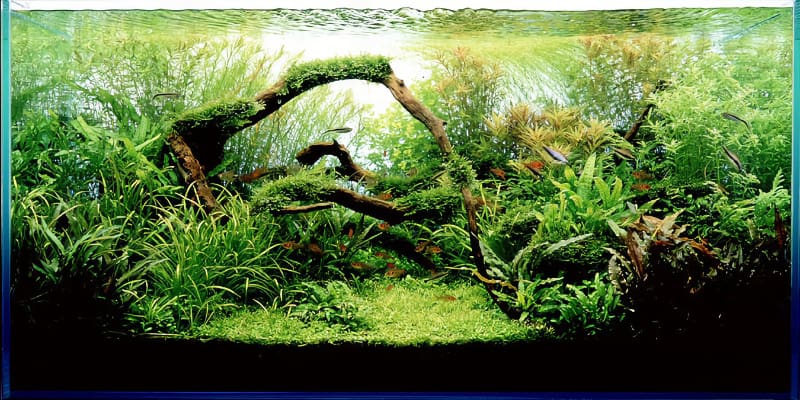
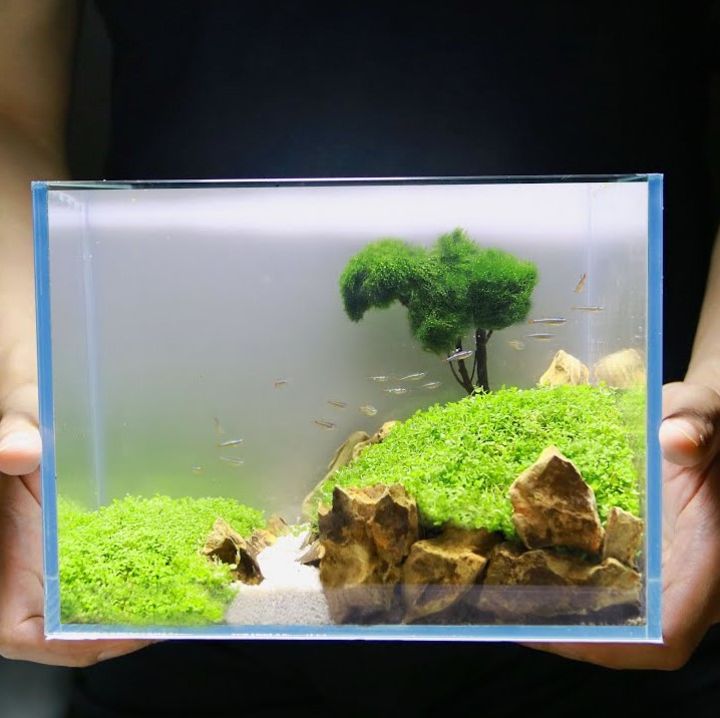
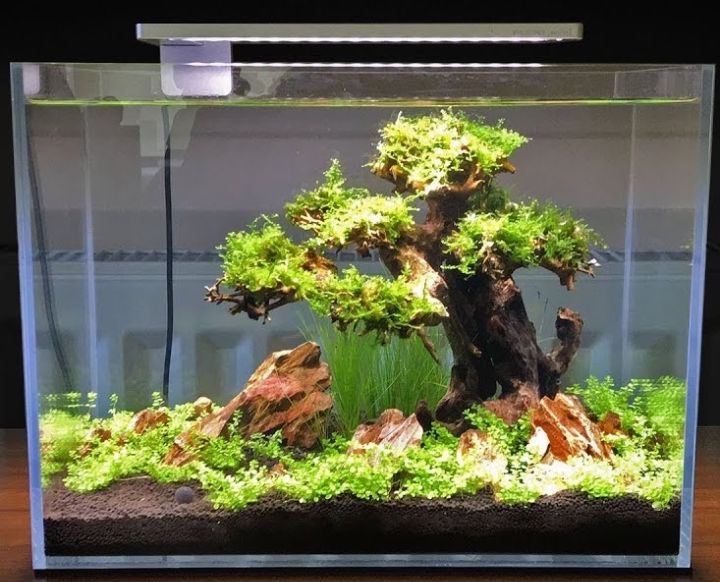
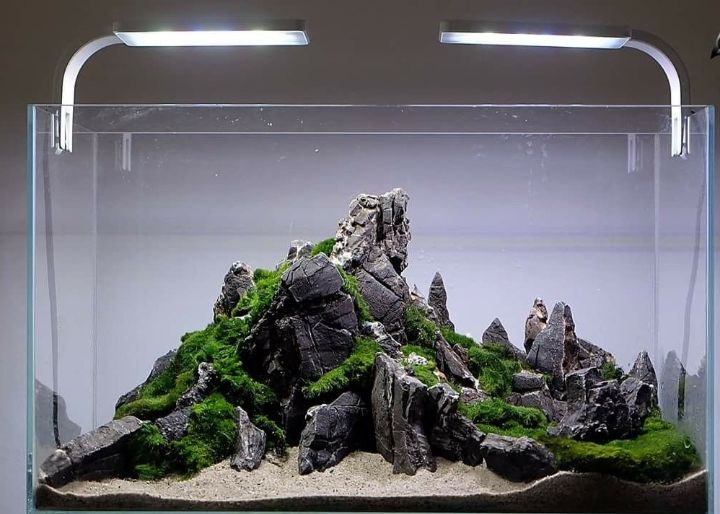
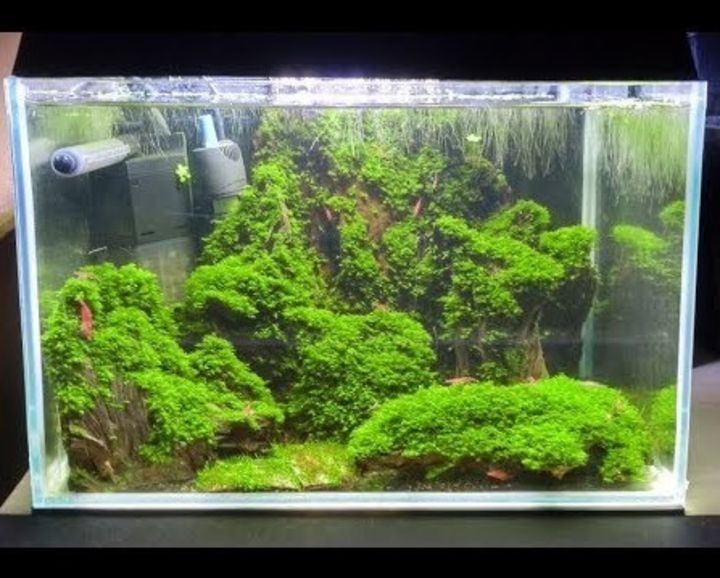
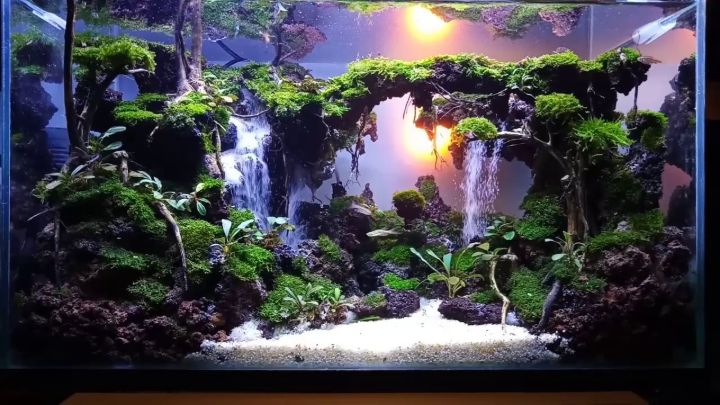
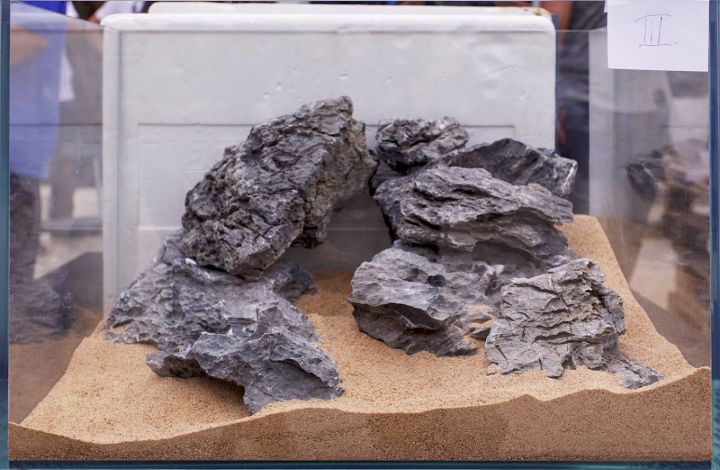
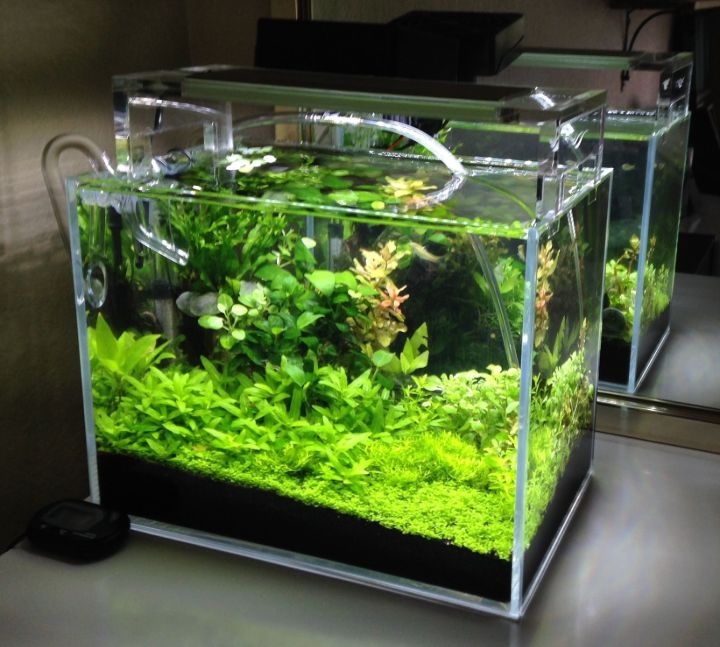
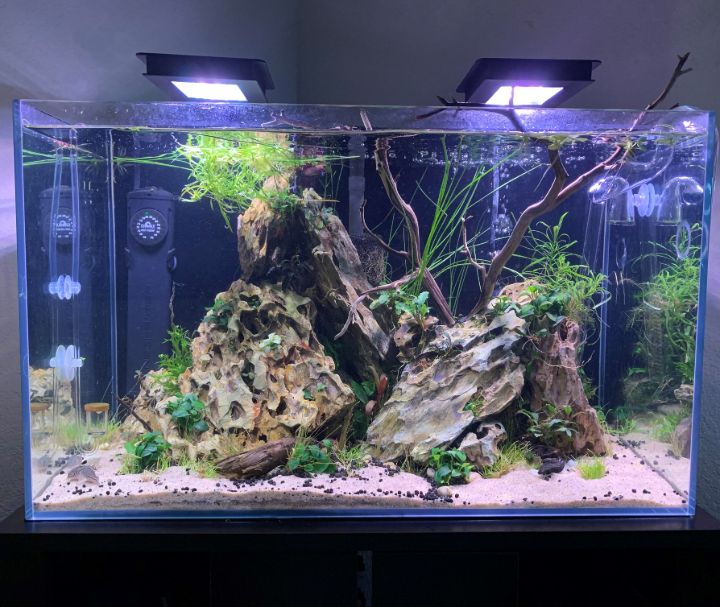
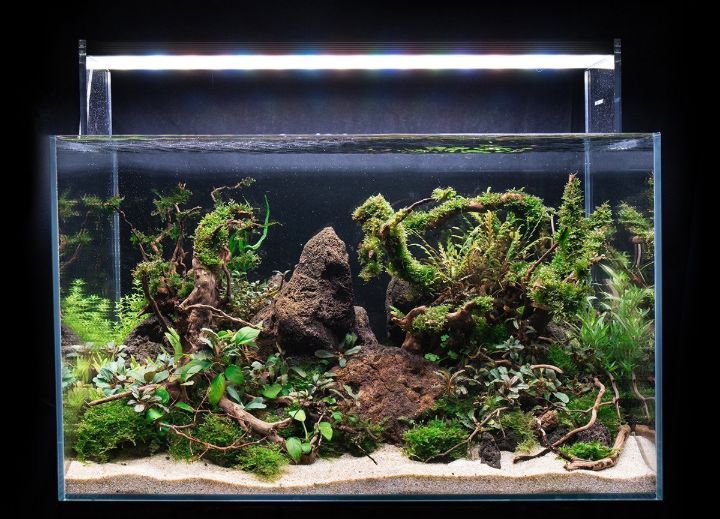
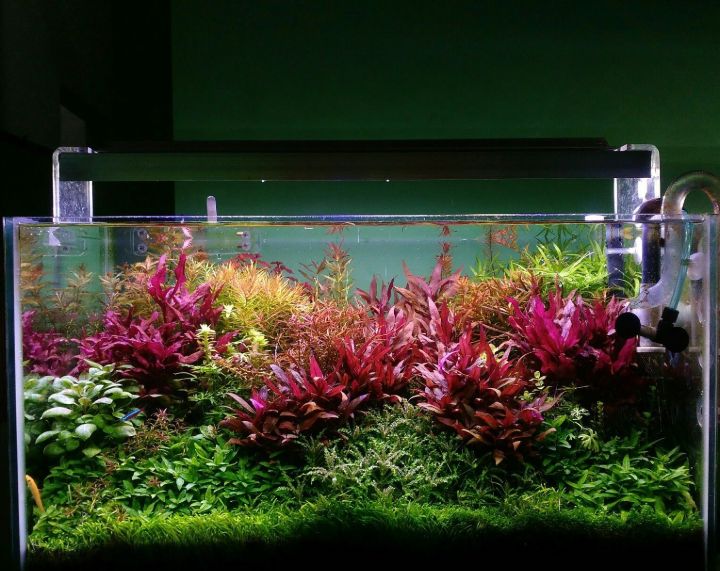
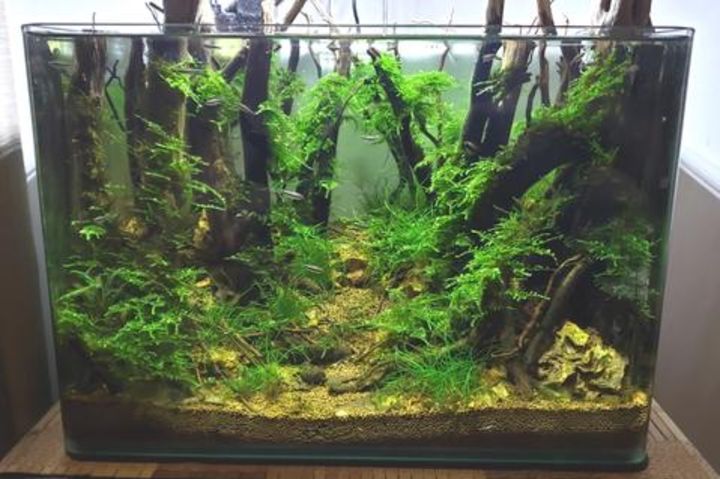
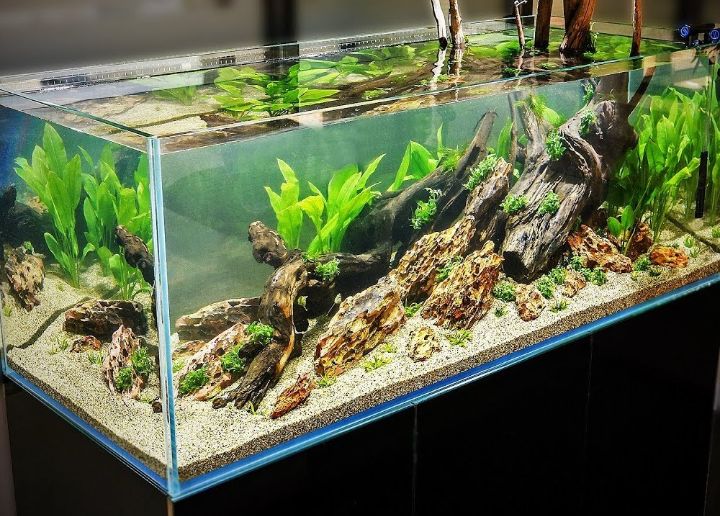
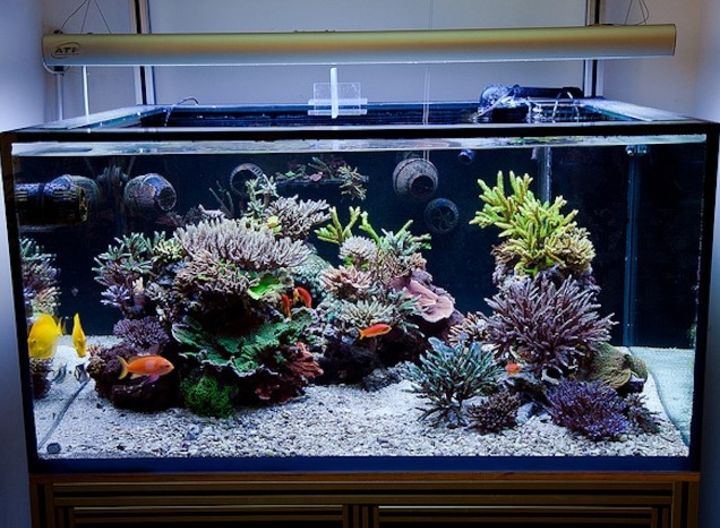
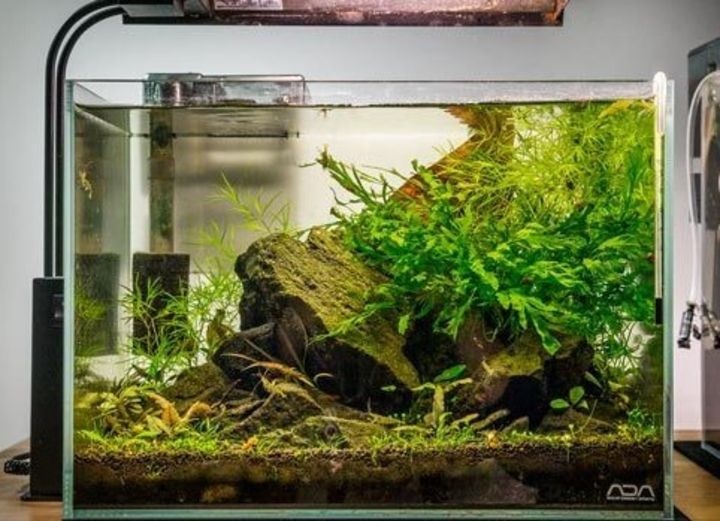
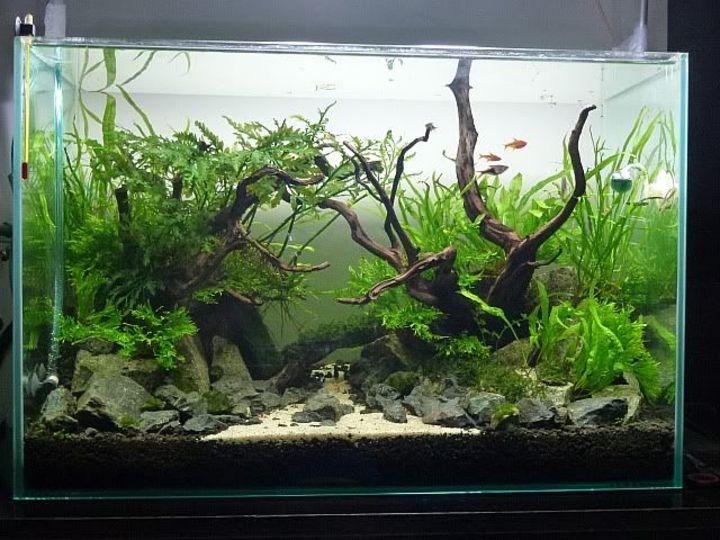
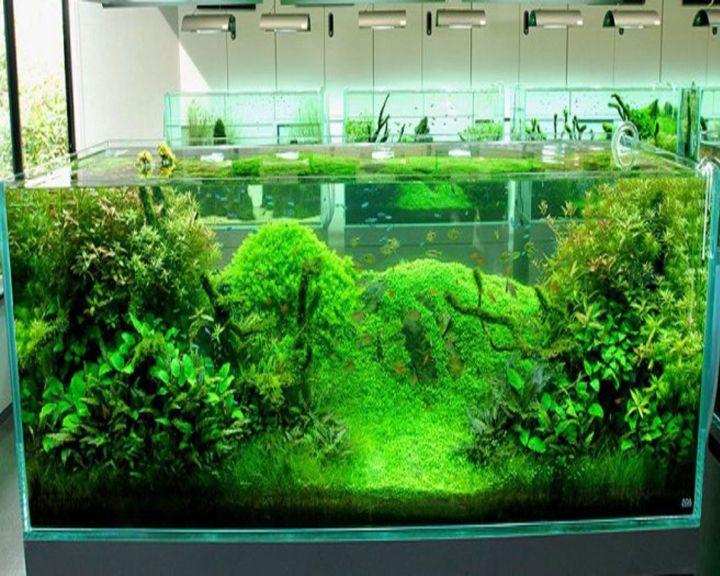
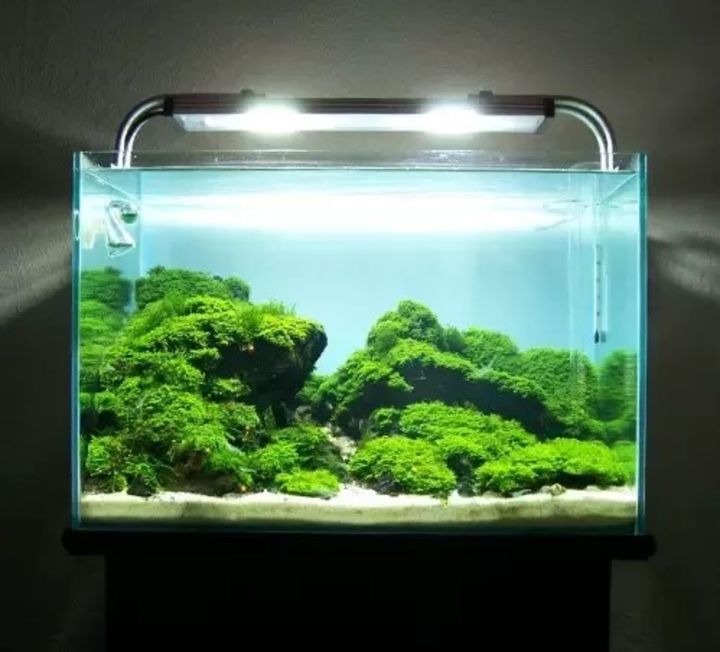
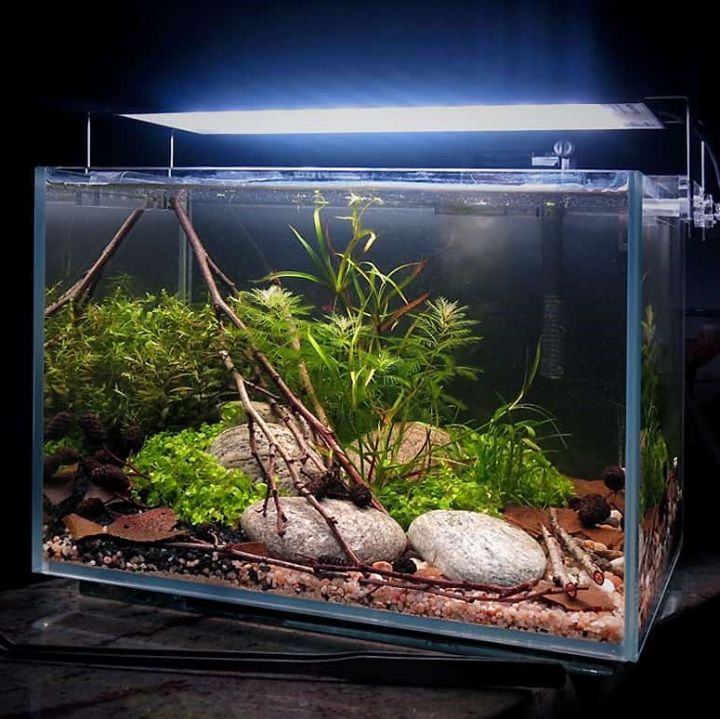
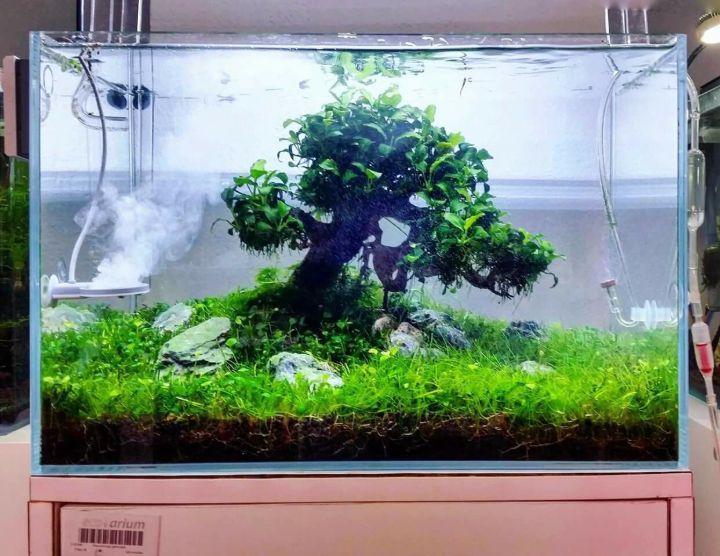
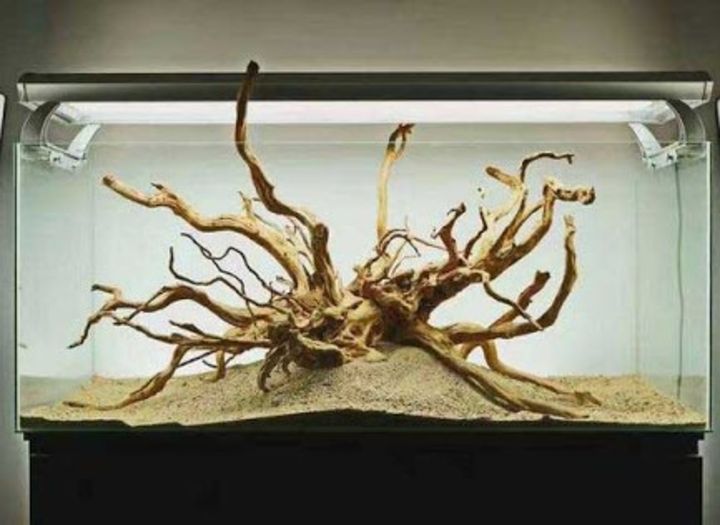
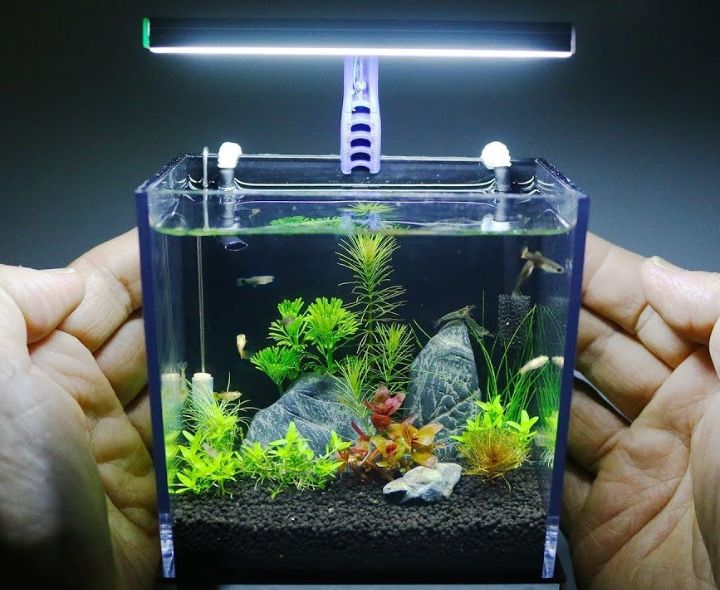
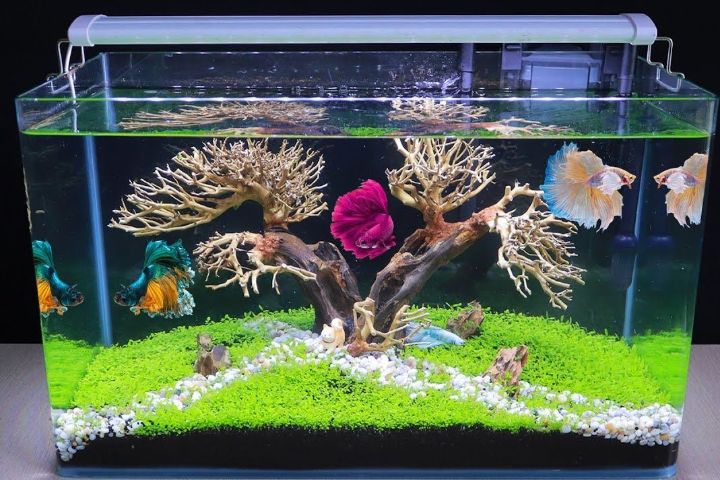
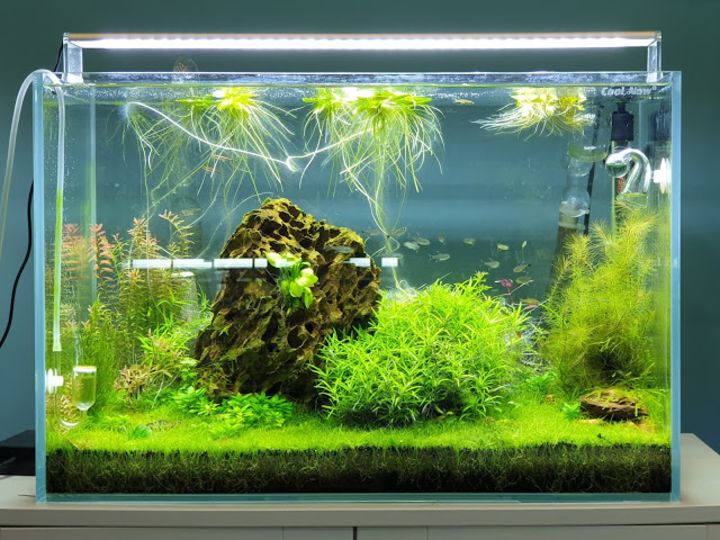
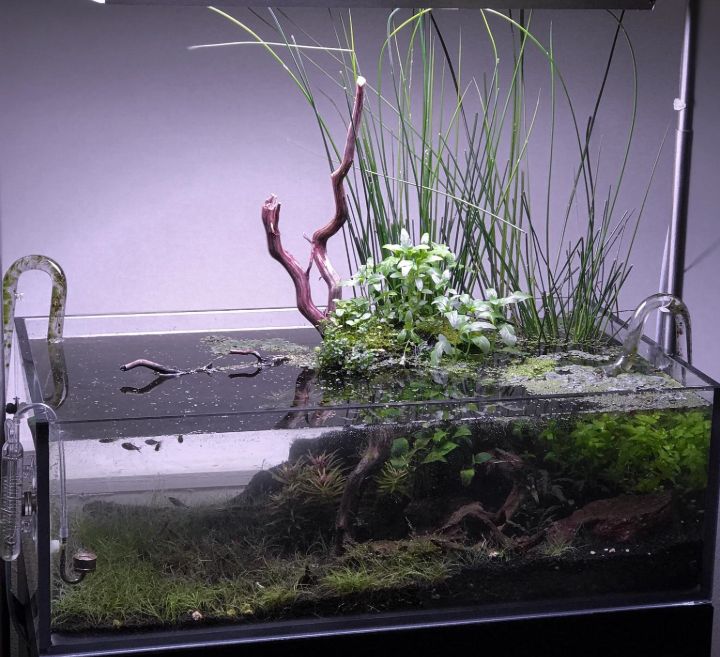
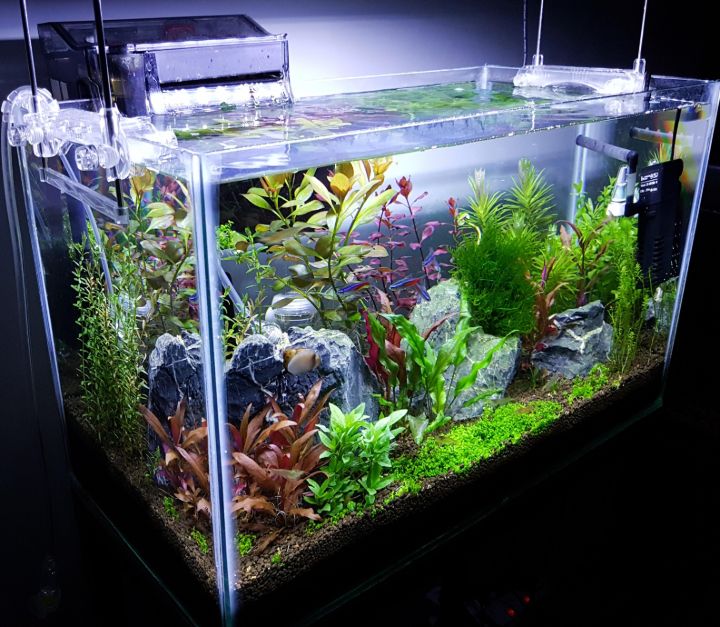
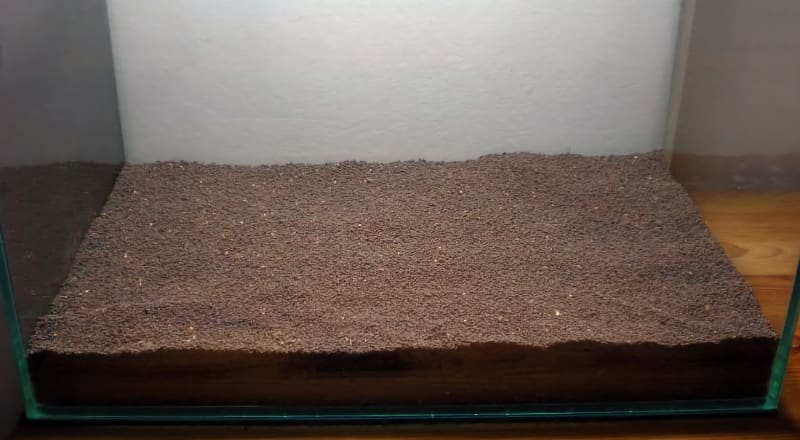
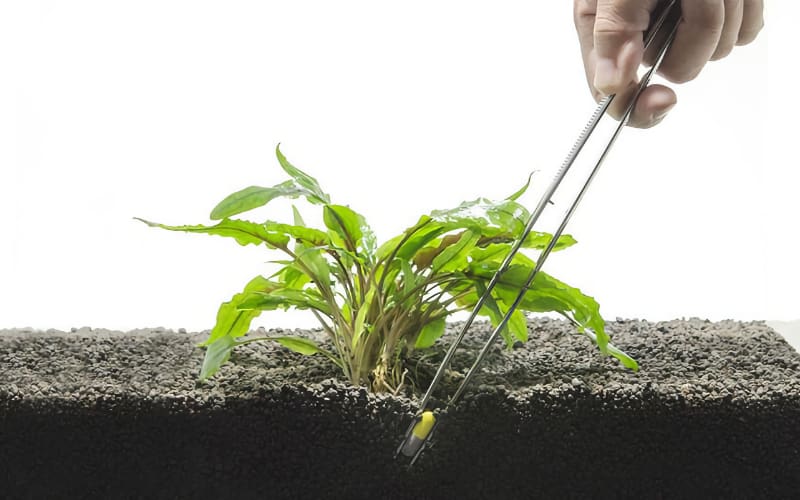
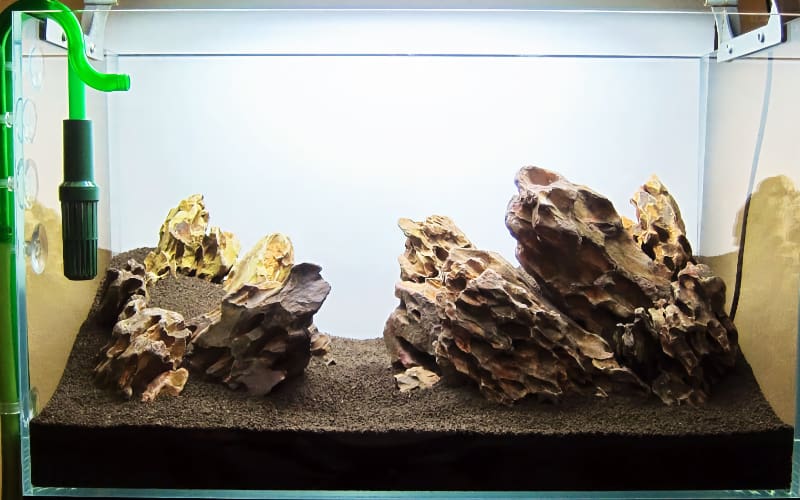
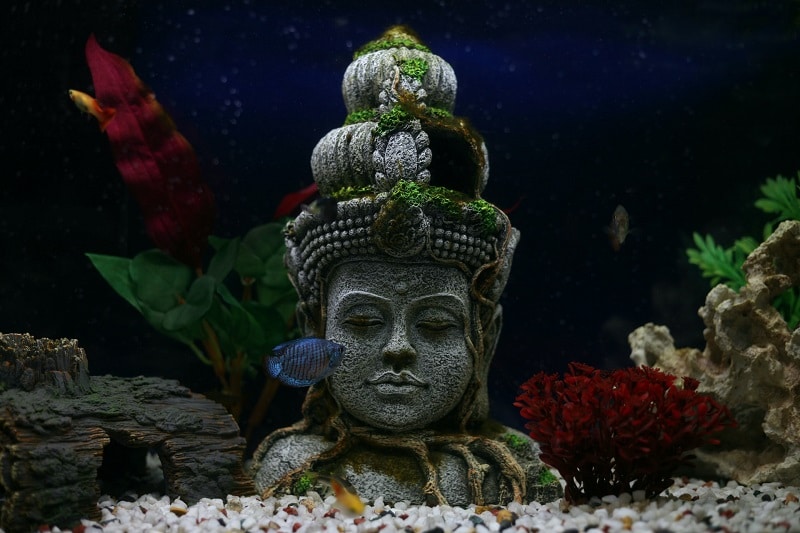
Leave a Reply